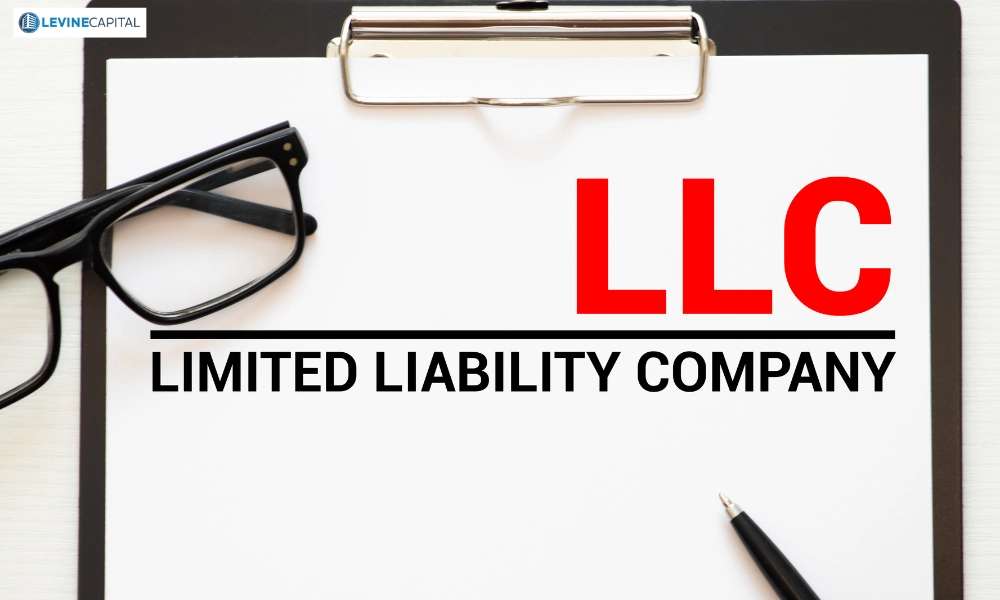The initial step in forming your LLC is selecting a business name. This name should not only capture the essence of your business but also meet the specific naming requirements of your state, including the inclusion of an LLC designator like “LLC” or “Limited Liability Company.” A thorough name check is essential to ensure it’s not already in use.
The filing of the Articles of Organization, also known as the Certificate of Formation in some states, officially establishes your LLC. This document requires basic information about your LLC, such as its name, address, and the names of its members. Filing with the state’s business filing office typically incurs a fee, which varies by state.
Though not always legally required, drafting an operating agreement is highly recommended. This internal document outlines the LLC’s ownership, operating procedures, and financial arrangements among members, providing clarity and structure to the business operations.
Most LLCs will need to obtain an Employer Identification Number (EIN) from the IRS for tax purposes. This is especially true if the LLC will have employees or more than one member. Understanding your federal, state, and local tax obligations is also crucial to ensure compliance and optimize your tax situation.
To maintain the legal separation between personal and business finances, opening a business bank account under the name of the LLC is essential. This account will be used for all business-related financial transactions.
Depending on the nature of your business and its location, there may be additional tax registrations, business licenses, or permits required. Ensuring compliance with these requirements is crucial for operating legally and avoiding penalties.
Forming an LLC is not a one-time task but an ongoing process. Keeping your business in good standing involves annual reports, tax filings, and maintaining the separation between personal and business finances.

